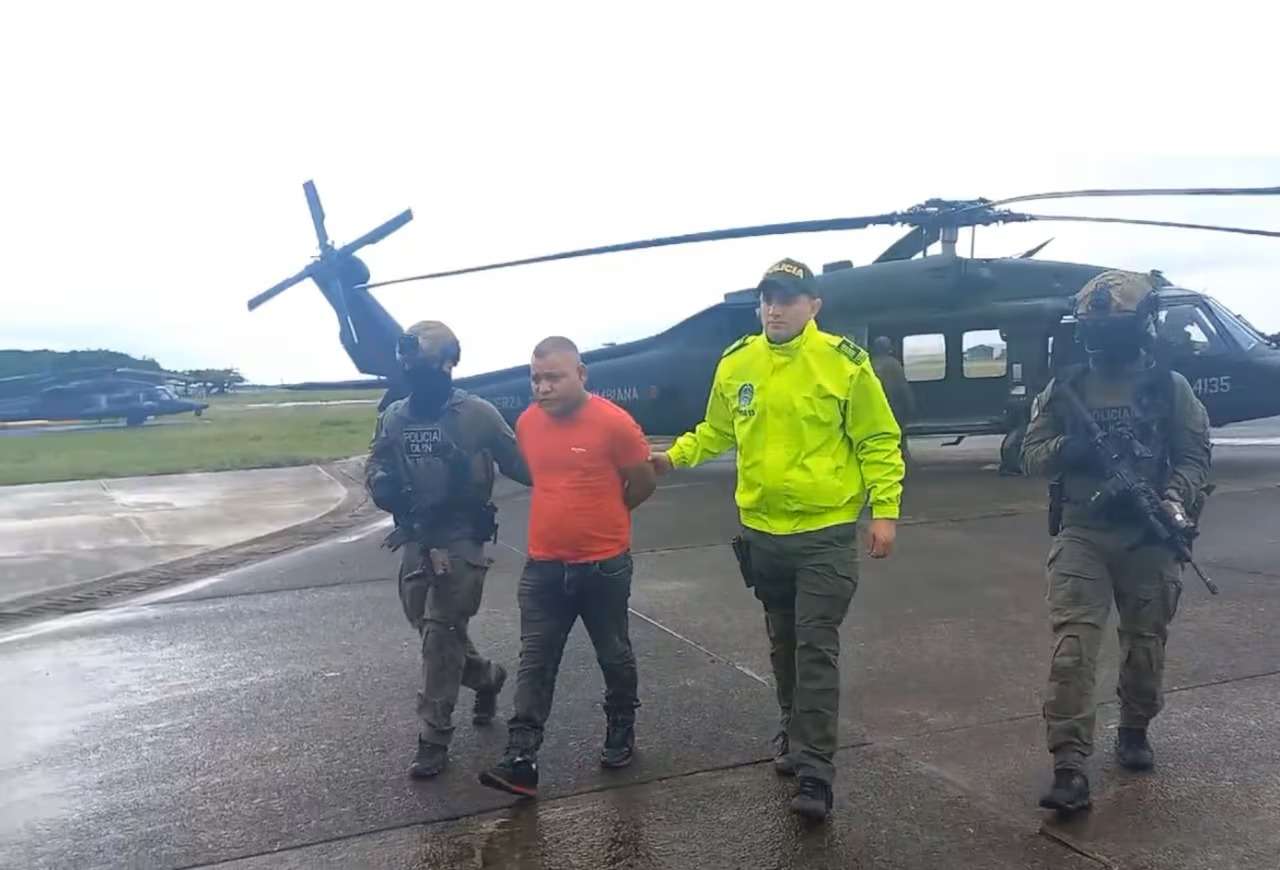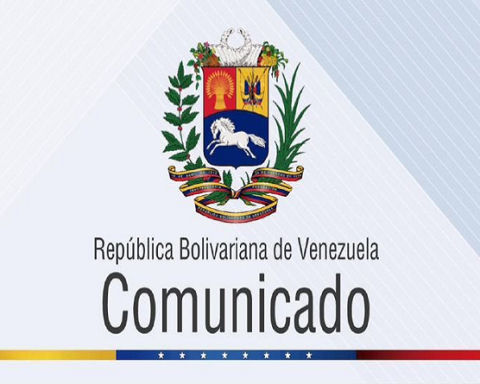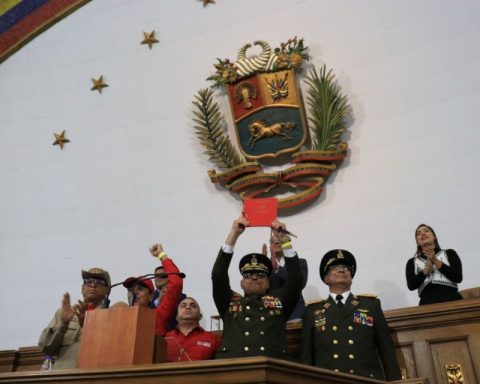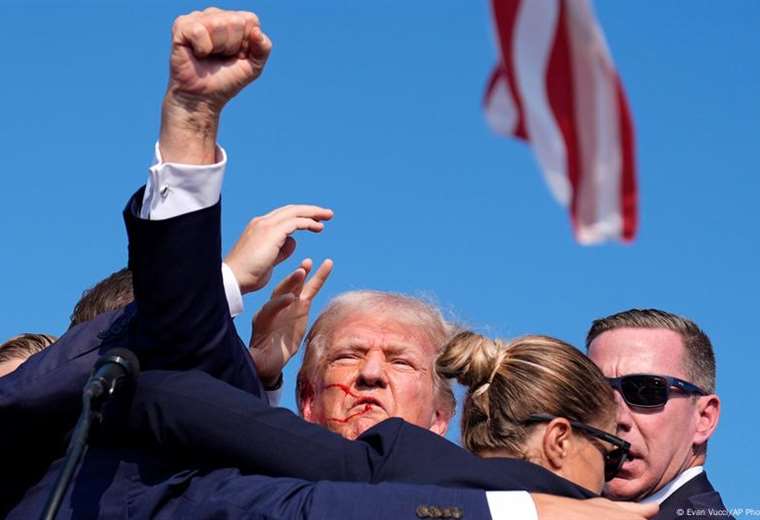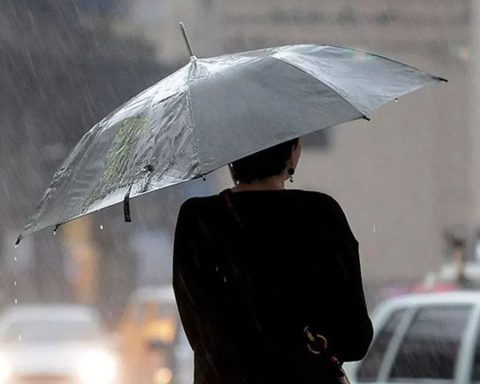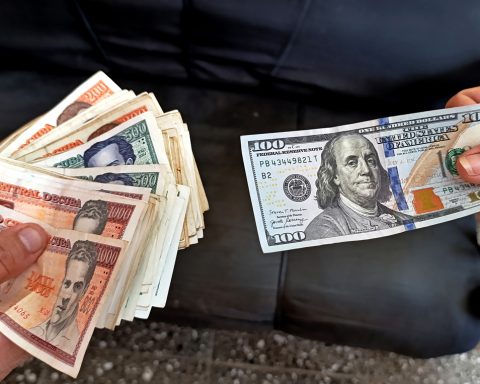The Criminal Chamber of the Supreme Court of Justice has approved the extradition from Colombia of José Antonio Gil Díaz (Toño Cachicamo), who owned an operational centre in Monagas for the large-scale export of drugs.
The decision is contained in judgment 335 drafted by Judge Carmen Marisela Castro and signed by her colleagues in the courtroom, Elsa Gómez and Maikel Moreno.
This sentence from the Criminal Chamber states that Gil Díaz is the leader of a Structured Organized Crime Group named Toño Cachicamo, which had a camp in a river area adjacent to the San Juan River, which divides Sucre and Monagas and flows into the Caribbean Sea.
The aforementioned camp was one of the main bases of drug trafficking operations in eastern Venezuela with access to the Caribbean islands and which was dismantled on March 6, 2023, as reported at the time by the then Minister of the Interior, Justice and Peace, Remigio Ceballos.
In that infrastructure they located four boats, a submarine, 49 packs of cocaine, 28 of marijuana, 52 rifles, 48 rifle magazines, six hand grenades, 12 rifle grenades and 2,614 rifle cartridges, among others.
Gil Díaz was captured on Tuesday, May 7 in Paratebueno, Cundinamarca, Colombia, as announced by the authorities of the neighboring country.
The Colombian National Police presented Toño Cachicamo as “the main supplier of narcotics, weapons and explosives to the criminal organization ‘Tren de Aragua’ and alleged direct partner of its leader, Héctor Guerrero Flores, alias ‘Niño Guerrero’.”
He is also described as an imitator of the eccentricities of Pablo Escobar, head of the Medellin Cartel. That is why he was building a version of Hacienda Nápoles in Cundinamarca.
Following Escobar’s style, Gil Diaz wore gold chains around his neck, one of which his daughter posted on social media, a detail that helped Colombian police authorities locate the subject.
Along with Gil Díaz, Carlos Ramón Escobar García, one of his partners, was captured, both with red notices from the International Police (Interpol).
Crimes
The day after his capture in Colombia, specifically on May 8, the 1st Special Control Court with jurisdiction over crimes associated with corruption and organized crime agreed to begin the active extradition procedure for Gil Díaz and consequently sent the file to the Criminal Court. This, in response to a request from prosecutors Rainer Rojas Arcia and Katherine Chávez Contreras.
Upon reviewing the file, the judges confirmed compliance with the requirements imposed by the general principles on extradition and consequently declared the request made by Venezuela for the delivery of alias Toño Cachicamo to be admissible.
The judges point out that “there are sufficient reasons in fact and in law” for the subject to be tried in Venezuela for illicit trafficking of narcotic and psychotropic substances; trafficking in firearms; possession of weapons and explosive devices; terrorism and association.
In line with this, the Criminal Court made a commitment, and thus stated in the sentence, that Gil Díaz will be tried in Venezuela “with the due guarantees enshrined in the Constitution.”
The Warrior Boy and the CIA
Last Monday, President Nicolás Maduro revealed that the Central Intelligence Agency (CIA) had recruited Héctor Guerrero Flores (Niño Guerrero) and that he returned to Venezuela for the presidential elections to lead the violent protests of July 29 and 30.
“Venezuela must know that ‘Niño Guerrero’ and his Aragua Train are directly linked to the plan, as we have more than proven today with the evidence obtained from the active US military,” said the President in his program Con Maduro + broadcast on Monday, September 16, where he addressed the issue of the seizure of 400 rifles and the arrest of four Americans, including active US military officer Wilber Josep Castañeda.
